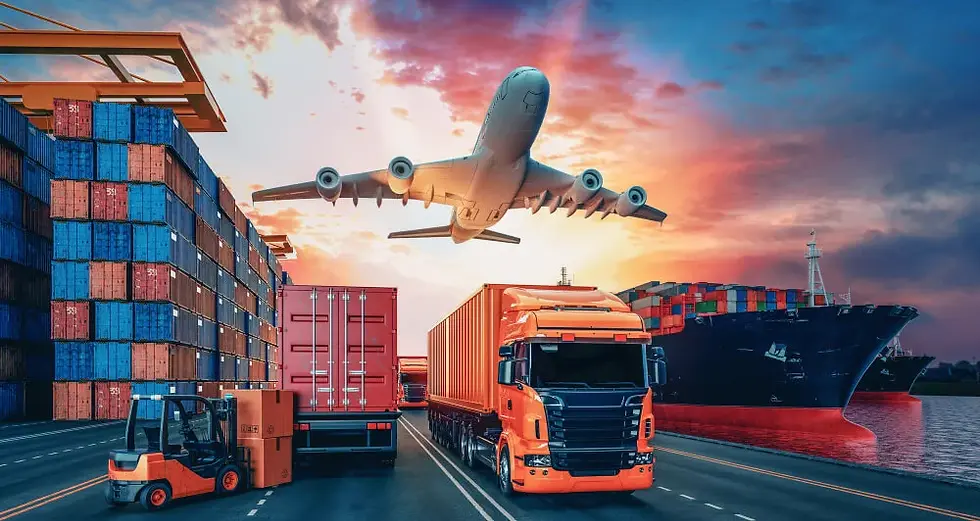Customs Clearance in China - A Guide to Navigating Chinese Customs Procedures
- CNXtrans

- Aug 23, 2023
- 2 min read
International trade serves as a conduit for global economic growth, and China's pivotal role in this arena is undeniable. Yet, the labyrinthine customs procedures can be daunting for businesses venturing into this dynamic market. This article aims to demystify Chinese customs procedures, providing invaluable insights for seamless customs clearance.
The Complexity of Chinese Customs Procedures
China's vastness is mirrored in the complexity of its customs procedures. While intricate, these procedures are designed to ensure the legality of imports and exports, protect national interests, and maintain trade standards. Here, we unravel the key components of Chinese customs clearance.
1. Preparing Documentation
Documentation serves as the cornerstone of customs clearance. Accurate and complete paperwork is non-negotiable. Commonly required documents include:
Commercial Invoice
Bill of Lading or Airway Bill
Packing List
Certificate of Origin
Import/Export License (if applicable)
2. Customs Declaration
Upon arrival or departure, goods must be declared to customs. This involves submitting a declaration form containing detailed information about the goods, their value, quantity, and other pertinent details. This declaration is essential for tariff assessment and determining if goods meet import/export regulations.
3. Classification and Valuation
Goods are categorized based on the Harmonized System (HS) code, which determines applicable duties and taxes. Proper classification is crucial as incorrect classification can lead to delays and penalties. Valuation involves determining the customs value of the goods for tariff assessment.
4. Customs Inspection
Random inspections are conducted to verify the accuracy of declarations and ensure compliance with regulations. Inspections can range from document reviews to physical examination of goods.
5. Duty and Tax Assessment
Customs duties and taxes are calculated based on factors such as the goods' value, classification, and origin. China has implemented a value-added tax (VAT) system for imports, which is an important consideration for importers.
6. Import/Export Licenses and Permits
Certain goods require licenses or permits for import/export. These may be related to health, safety, environmental regulations, or specific industry requirements.
7. Customs Clearance and Release
Once all requirements are met and duties/taxes are paid, customs clearance is granted, and the goods are released for further transportation or delivery.
8. Post-Clearance Audit
Customs authorities conduct post-clearance audits to ensure the accuracy and authenticity of declarations. It's crucial for businesses to maintain accurate records to substantiate their declarations.
Navigating Challenges
Navigating Chinese customs procedures comes with challenges, such as language barriers, changing regulations, and evolving trade policies. To overcome these challenges:
Engage with a Professional: Collaborating with a reputable customs broker or freight forwarder with expertise in Chinese customs procedures can streamline the process.
Stay Updated: Stay abreast of changing regulations and trade policies to ensure compliance and prevent delays.
Maintain Transparency: Full disclosure and accuracy in declarations are essential to avoid penalties and potential legal issues.
The Path to Efficiency
While Chinese customs procedures may seem intricate, understanding the nuances and adhering to regulations can lead to efficient customs clearance. The key is meticulous preparation, accurate documentation, and collaboration with experienced professionals. By mastering the customs clearance puzzle, businesses can unlock the full potential of international trade with China.
Need a China-based Shipping Agent to help you consolidate and ship internationally from China?





Comments